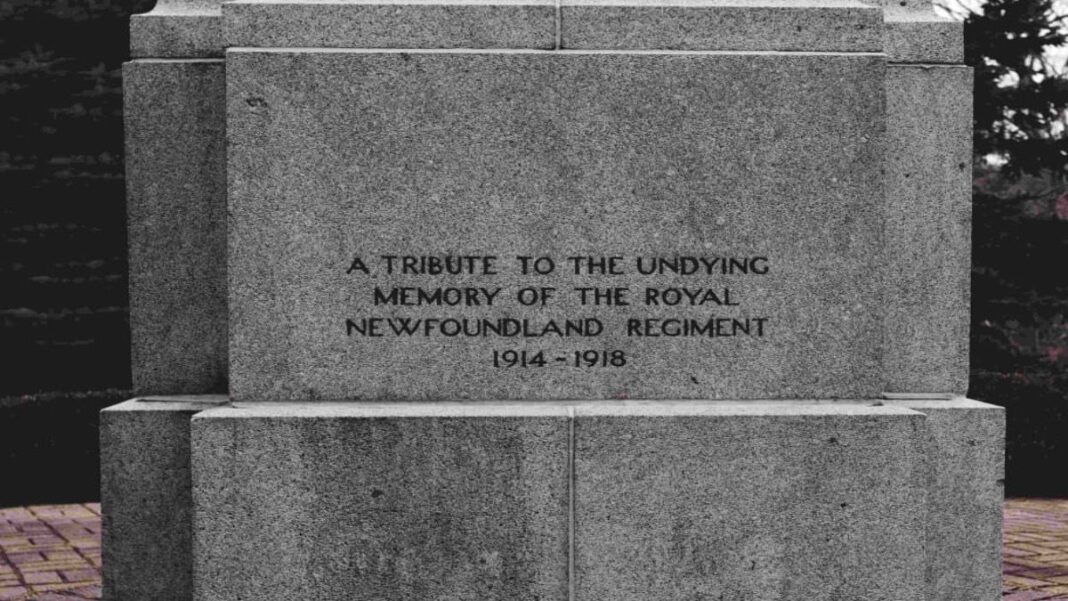SWITZERLAND: The 13-ton stone memorial in Chur, Switzerland, is a source of controversy and humiliation due to its links to Nazi Germany and Switzerland’s tense connections with its adversaries during World War Two. Several people pass it daily, including radio journalist Stefanie Hablützel.
Stefanie points out an inscription that reads “1914–18; here rest the German soldiers.” At first glance, it appears to be a war memorial, but Switzerland provided medical care and housing for tens of thousands of wounded POWs during World War I, including German and French soldiers. Some passed away due to the 1918 flu pandemic, while others died due to their wounds.
The Chur monument was not erected until 1938, 20 years after the men’s passing. It was constructed for Nazi propaganda purposes, not to honour the memory of the fallen troops.
The German War Graves Commission was incorporated into Hitler’s propaganda apparatus in the 1930s to establish overt symbols of Nazi dominance.
Martin claims that thousands of Germans were living in Switzerland then, including the Hitler Youth, the German Labour Front, and the National Socialist Party.
Plans for a massive mausoleum to be constructed in St. Gallen were rejected by the Swiss government, but the monument in Chur received approval. It was transported to Chur on the eve of World War Two and polished and etched in Munich using the preferred Fraktur font by the Nazis.
Martin argues that the people of Chur must have recognised the stone as a Nazi memorial if it had Swastikas on it during the Nazi holidays. Stefanie discovered a letter from 1938 asking why it was in the cemetery.
In canton Graubünden, there is evidence of Swiss support for Nazi Germany, but fascist organisations never took off.
There is an official Holocaust monument in Switzerland, approved by the parliament in March last year, but there are also 50 unofficial monuments.
Germans in Switzerland remained involved in the Nazi party and made concessions to Berlin, such as banking Nazi gold and turning away Jewish refugees. Neutral Switzerland jumped off the fence one day after the war ended, leading to a purge and trial of Swiss Nazis.
Meanwhile, the German Nazis were driven out. The Nazis are gone, thus there’s no problem, as a lot of people probably thought after that, according to Martin. Furthermore, I believe they overlooked this memorial.
Also Read: FIFA World Cup 2022: Casemiro’s Late Goal Guides Brazil to 1-0 Win over Switzerland



